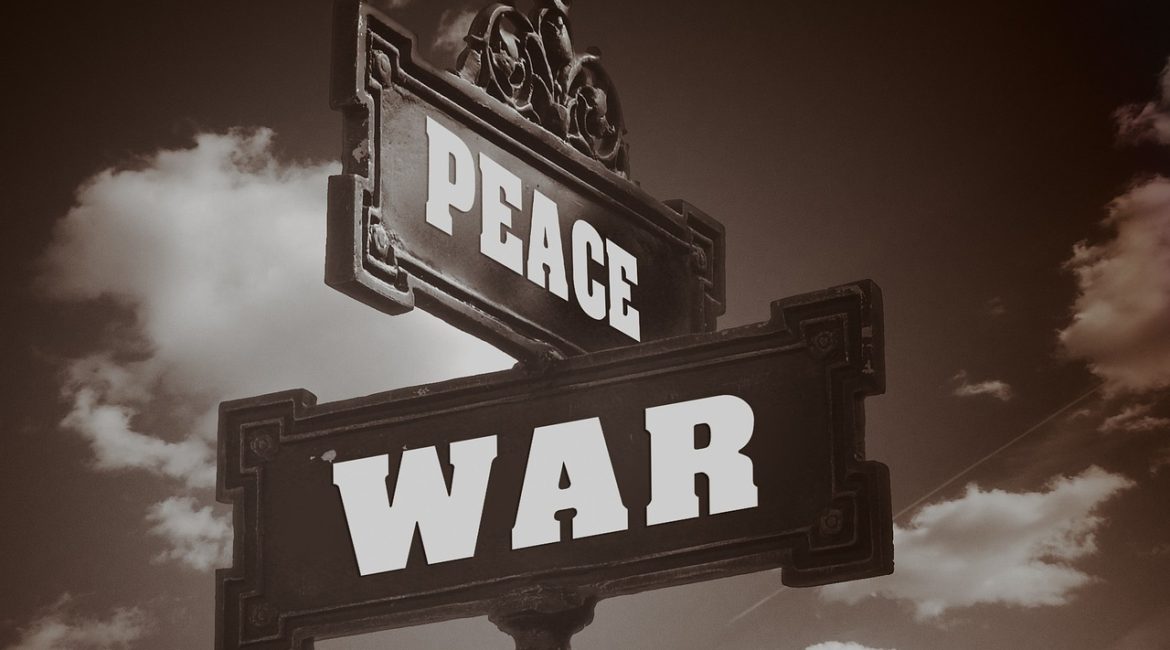A year has already passed since the launching of the Israeli war in Gaza. This war was included in an Israeli strategy of attrition open in time and in space, to achieve the security and military control over the Strip and the complete elimination of Hamas. But a year long war has prompted Israel to reduce its goals or envisage them in stages, without abandoning them, starting with the establishment of a completely safe zone in the north of the Strip, free of any Palestinian presence.
If the first year of the Israeli war was titled Gaza, it seems that the second year, before it began, was titled Lebanon. From this perspective, the Lebanese combat theater will include a significant part of Syria, as indicated by the various and increasing Israeli military operations there. The exchange of deterrent messages with Iran, directly or indirectly, is increasing every day, which consecrates the regional dimension of this war in various forms and formulas. This does not rule out the possibility of Israel attacking “strategic targets” in Iran, such as sites for manufacturing or storing nuclear materials, to prevent Iran from reaching the ability to possess nuclear warheads, despite American opposition to Israel for carrying out an operation of this kind that would contribute to igniting a regional fire.
One of the most important lessons of this extensive, escalating and highly complex war, in terms of goals and parties directly or less directly involved, is that the time factor contributes to escalation and complicates the possibility of reaching realistic solutions, and of course increases the risks of slipping into a large-scale war. What increases the risks of Israel's refusal to stop the fighting, even temporarily, might be three elements:
Firstly: Netanyahu's bet that Donald Trump's return to the White House will give Israel a great impetus to achieve its goals, as Trump is Israel's major strategic ally, who gives it the green light for any policy it wants in this area and the previous Trump administration provided evidence of this.
Secondly: Netanyahu wants to seize the opportunity provided by this open war to establish a new regional order, based on the final results of the war and serving his vision regarding the balance of power in the region and regional priorities from Israel's perspective.
Thirdly: Netanyahu bases his position on the dominance of the religious and strategic right wing to which he belongs in Israeli society, while always and repeatedly reminds that “the two-state solution is an illusion”.
A ceasefire is a more than necessary condition to revive the path of real, comprehensive, and therefore permanent peace from an ethical and international legal perspective, but also from a realistic perspective to save the Middle East from a major fire that could occur at any time as the number and duration of hot spots increase. Then, political actors must move towards holding an international peace conference in which all concerned participate and emphasize the obligation of the conflicting parties, specifically Israel, to continue on the path entitled the “two-state solution”, a path that is not easy to launch and faces many difficulties and obstacles, but it is the only “realistic” solution that provides a real stability in the Middle East region. This stability is not only in the interest of the people of the region, but also for the neighboring regions and the international powers concerned with peace and security in this regard, due to the strategic geographical location of the Middle East.

